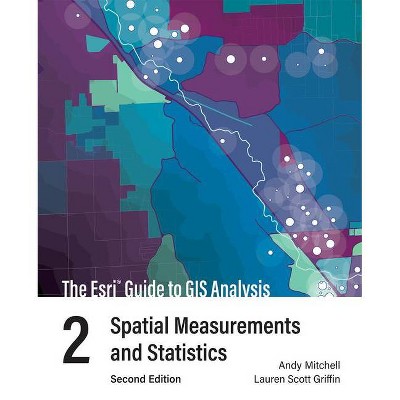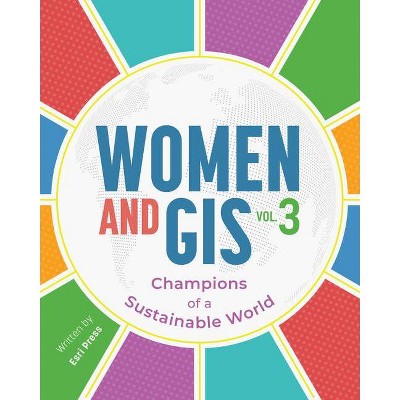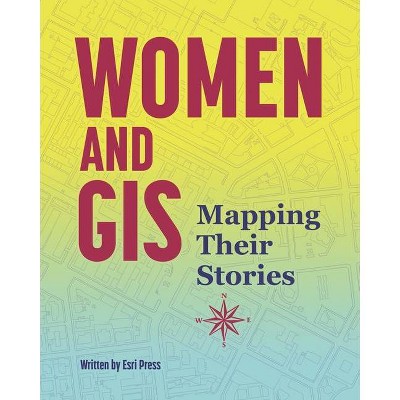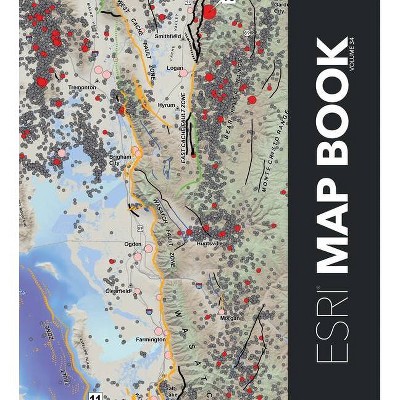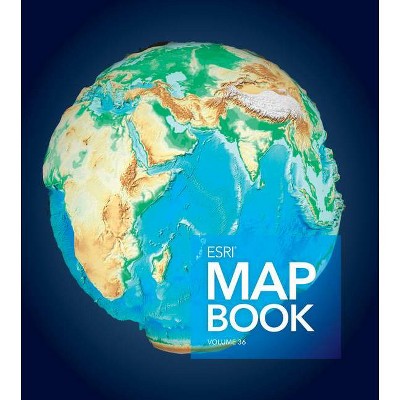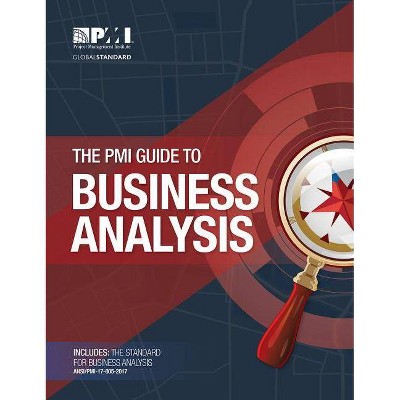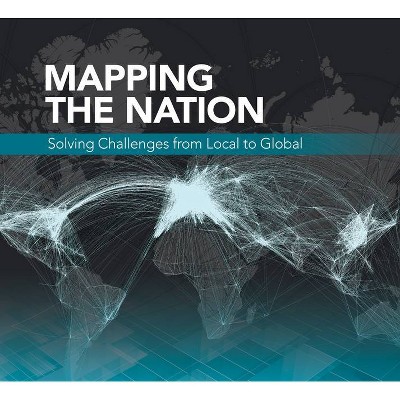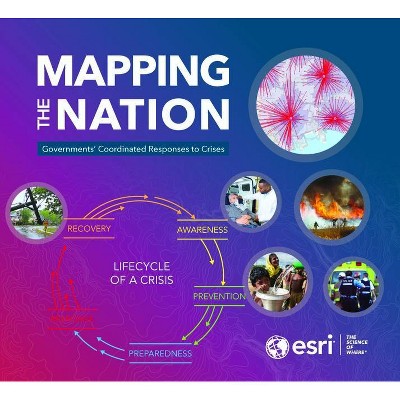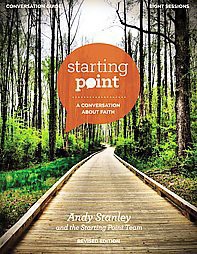The ESRI Guide to GIS Analysis, Volume 1 - 2nd Edition by Andy Mitchell (Paperback)
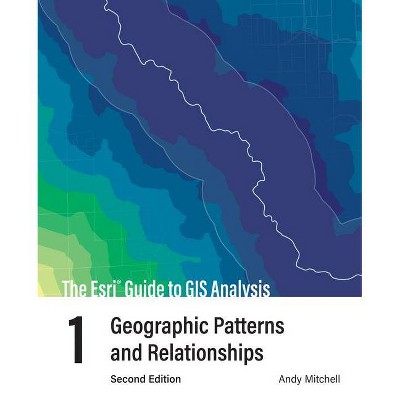
Similar Products
Products of same category from the store
AllProduct info
<p/><br></br><p><b> About the Book </b></p></br></br><p><em>The Esri Guide to GIS Analysis, Volume 1</em>, second edition, updates a classic text that lays the foundation for all GIS users to find spatial patterns, relationships, and trends that lead to better decision-making.</p><p/><br></br><p><b> Book Synopsis </b></p></br></br><p><strong>Do more with your GIS and understand the foundation of spatial analysis: geographic patterns and relationships.</strong></p> <p>A geographic information system (GIS) enables so much more than mapping. A GIS inherently enables spatial analysis that can give you a better understanding of your geographic data. GIS analysis reveals answers to questions like: </p> <ul> <li>Where is it?</li> <li>Where's the most and least?</li> <li>How much is where?</li> <li>What's inside?</li> <li>What's nearby?</li> <li>What's changed?</li> </ul> <p>But how do you get started? The second edition of <i>The Esri Guide to GIS Analysis</i><em>, Volume 1</em> shows you how and more.</p> <p>With easier to read maps and text, <i>The Esri Guide to GIS Analysis, </i> <em>Volume 1</em>, second edition, updates a classic text and teaches foundational spatial analysis patterns that provides geographic insights. Learn the basic concepts of spatial analysis and GIS. Build on that understanding with essential map-building skills to unveil and display patterns and relationships. <i>The Esri Guide to GIS Analysis, </i>Volume 1, second edition, also includes a guide to online lessons that reinforce the concepts and demonstrate GIS application.</p> <p>Written for both new and experienced GIS users using an easy to follow format, the second edition of <i>The Esri Guide to GIS Analysis, </i><em>Volume 1</em> helps you build a foundation of the basic tasks needed to handle a wide range of analysis applications and prepares you for more advanced GIS skills.</p><p/><br></br><p><b> From the Back Cover </b></p></br></br><p><strong>Do more with your GIS and understand the foundation of spatial analysis: geographic patterns and relationships.</strong></p> <p>A geographic information system (GIS) enables so much more than mapping. A GIS inherently enables spatial analysis that can give you a better understanding of your geographic data. GIS analysis reveals answers to questions like: </p> <ul> <li>Where is it?</li> <li>Where's the most and least?</li> <li>How much is where?</li> <li>What's inside?</li> <li>What's nearby?</li> <li>What's changed?</li> </ul> <p>But how do you get started? The second edition of <i>The Esri Guide to GIS Analysis, </i>Volume 1 shows you how and more.</p> <p>With easier to read maps and text, <i>The Esri Guide to GIS Analysis, </i>Volume 1, second edition, updates a classic text and describes the basic concepts of spatial analysis and GIS. Build on that understanding with essential map-building skills to unveil and display patterns and relationships. <i>The Esri Guide to GIS Analysis, Volume 1</i>, second edition also includes a guide to online lessons that reinforce the concepts and demonstrate GIS application.</p> <p>Written for both new and experienced GIS users using an easy to follow format, the second edition of <i>The Esri Guide to GIS Analysis, </i>Volume 1 helps you build a foundation of the basic tasks needed to handle a wide range of analysis applications and prepares you for more advanced GIS skills.</p> <p><strong>Andy Mitchell</strong> is a technical writer with more than 30 years' experience in GIS. He is the author or co-author of several books, including The Esri Guide to GIS Analysis series and <i>Zeroing In: Geographic Information Systems at Work in the Community</i>.</p>
Price History
Price Archive shows prices from various stores, lets you see history and find the cheapest. There is no actual sale on the website. For all support, inquiry and suggestion messagescommunication@pricearchive.us
